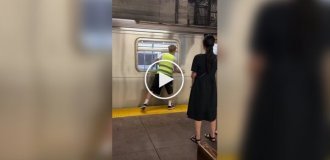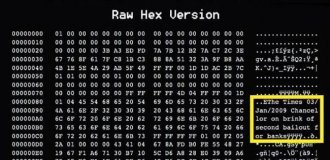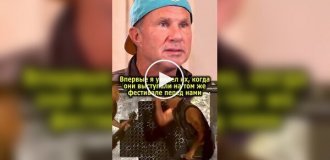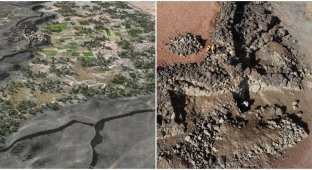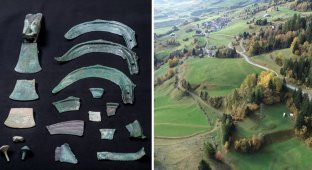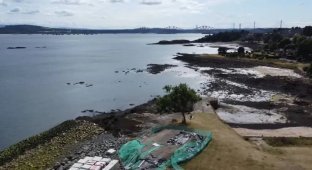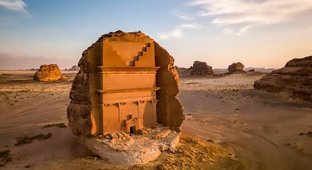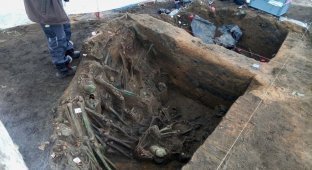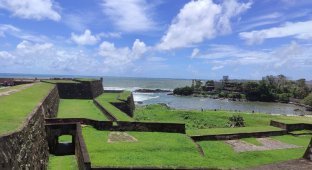What killed 20 Roman soldiers in the fortress of Dura Europos? (3 photos)
In the 1930s, a French-American archaeological expedition began excavating a small Roman border town in what is now Syria. 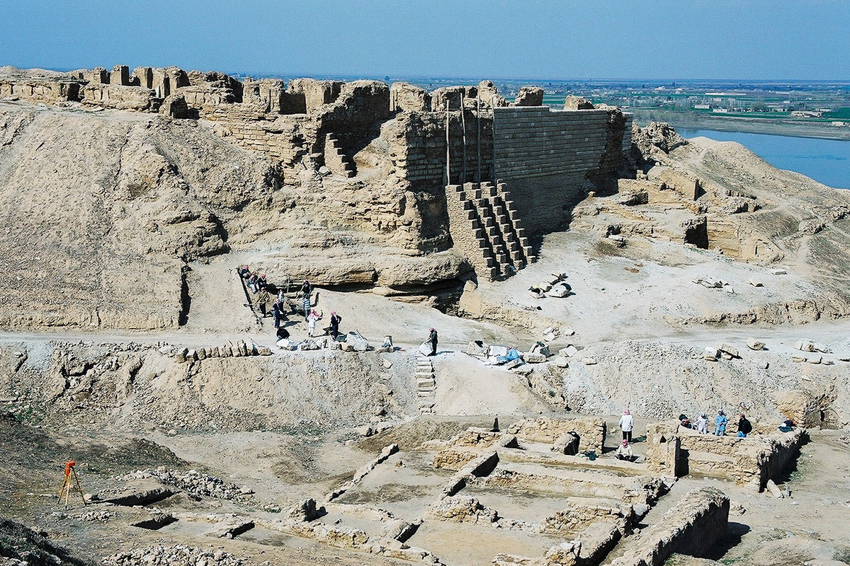
Due to the abundance of finds, Dura-Europos was nicknamed the real Pompeii of the East. However, the main discovery awaited scientists deep under the fortress walls. The remains of the men told the world about the last minutes of their lives and revealed the fate of the entire settlement.
Back to the past
Dura Europos is a city on the right bank of the Euphrates, founded in 300 BC. Macedonian strategist Nikanor.
The area of the settlement was 700 by 1000 m. There was a river port, a market, several temples and a citadel, where the garrison and the residence of the governor were located. 
Fortress plan
Located in the very center of the East, the fortress changed owners several times, until in 165 it finally went to Rome. For the empire, this was an important stronghold for a further offensive against Persia.
The settlement was expanded. An amphitheater, Roman baths and a separate military quarter with barracks and a training field appeared.
The fortress was defended by the 20th Palmyra cohort, the 2nd Ulpiev cavalry cohort of the Paphlagonians and the vexillation of the 4th Scythian legion. The garrison also patrolled the upper and lower reaches of the Euphrates. In total - from 1000 to 1500 people.
In 256, they all remained lying here, within the walls of the city. Presumably, Dura-Europos witnessed the first use of primitive chemical weapons in history.
Terrible finds
The city was on the path of the Sasanian emperor Shakur I. The Persians failed to take the fortress on the move. They successively dug three tunnels under the walls.
The attention of scientists was attracted by the first tunnel on the western side of the fortifications. Here archaeologists discovered the remains of the 21st person. 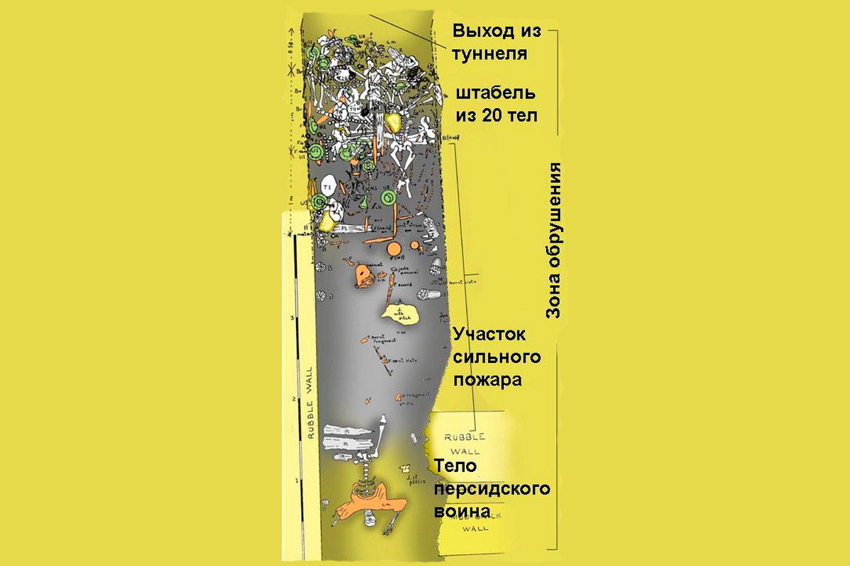
One of them was lying on his back at a considerable distance from the others. Presumably, it was a dead Persian warrior who was dragged outside, but for some reason abandoned. 20 remains with Roman uniforms and weapons lay deep in the tunnel.
Here, in a dark corridor 1.7 m high and less than 1.5 m wide, a fierce battle took place. The discovered particles of sulfur, straw and torches indicated that at some point the Persians went all-in.
The soldiers climbed out, placed lumps of sulfur at the entrance and lit a fire. Toxic fumes filled the corridor and poisoned the 20 Romans who remained underground.
Not all of them were legionnaires. Some of the men were workers and were probably trying to fill the tunnel.
When the room was ventilated, the Persians collected the bodies of the enemies in a heap, creating an improvised barricade in case of another visit from the legionnaires. Then they calmly cleared the room, set fire to the supports of the corridor and collapsed tunnels under the walls. To their disappointment, the fortifications of Dura-Europos, which should have collapsed, only sank into the ground.
Forgotten city
After two unsuccessful attempts, Shakur I was still able to make a breach in the walls. The extent of the destruction and the number of artifacts at Dura Europos indicate that the defenders fought to the end.
The stronghold was destroyed almost to the ground. Civilians were deported, and the city was no longer populated. The ruins of the fortress were discovered only towards the end of the 19th century.



